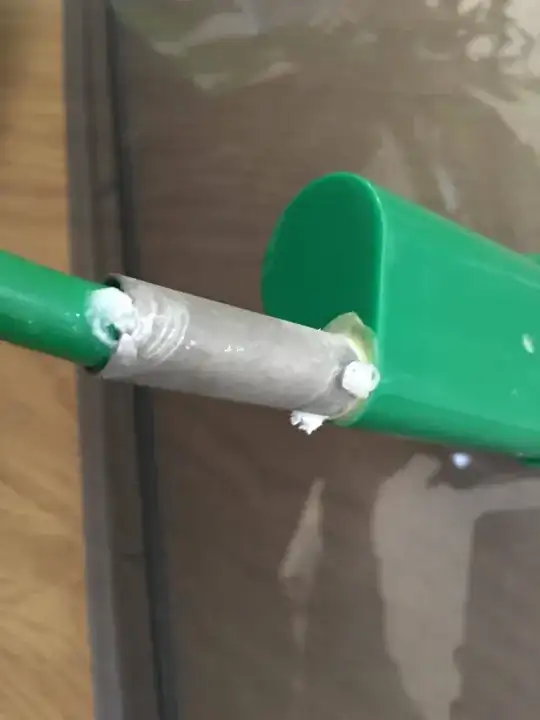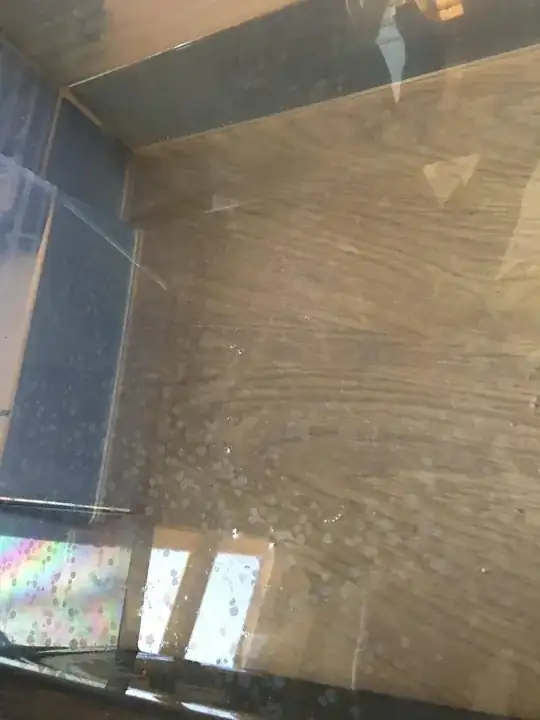When I leave for multiple weeks I leave an automatic water pump to water some of my more needy plants. When I returned, I noticed there were white patches on the water pump, as well as on the surface of the water in the tank I used.
This had happened the previous time I set up the automatic water pump, which stayed in the water for about a month, even though it took much less time for the issue to develop this time and the patches are much more prominent.
Last time I encountered this, I tried washing the pump with hot water, but it doesn't seem to have prevented the issue occurring again.
Once removed from the water, the patches on the water pump became dry and broke apart.
I am unsure whether the presence of this substance in the water has affected my plants negatively. The two plants being watered from the tank are a Spider Plant and a Dracaena Massangeana. While the leaves of both plants look droopy and there is some tip burn (which may or may not have been there before), I haven't noticed other symptoms.
- What are these white spots in the water and on the pump?
- Should I throw away the pump, as the substance may have spread all throughout it?
Pictures:

